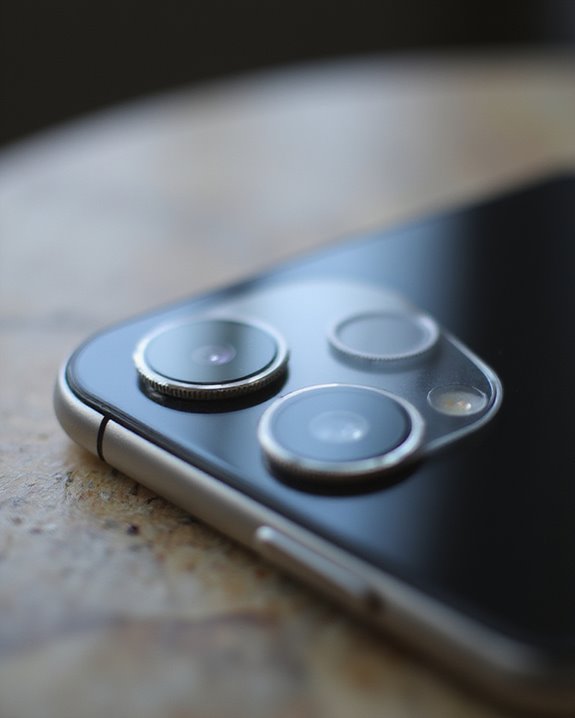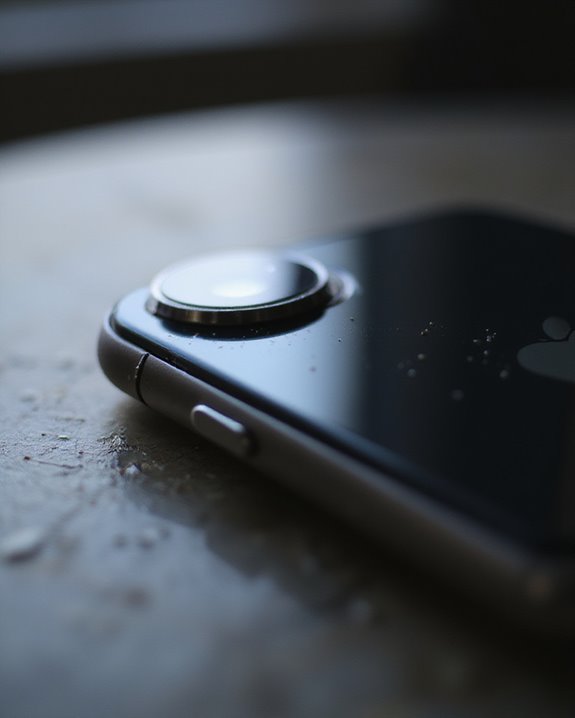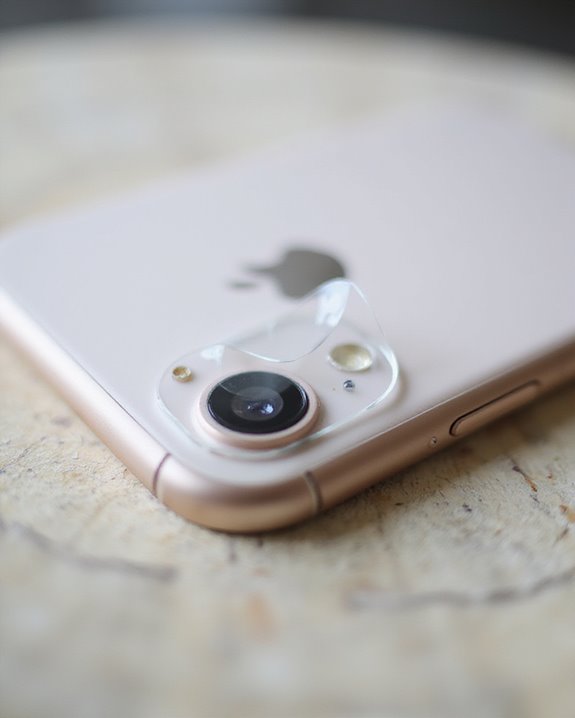Camera lens protectors offer valuable insurance against costly damage while maintaining most optical quality. High-quality protectors preserve over 95% light transmission with minimal impact on photos, though budget options may introduce artifacts or degraded sharpness. Testing shows protected lenses consistently survive drops and impacts that permanently damage unprotected ones. The cost-benefit analysis strongly favors prevention, especially for outdoor enthusiasts, frequent travelers, and those in demanding environments. Further exploration reveals important distinctions between protection types and installation techniques.
Key Takeaways
- Camera lens protectors prevent costly repairs, with protected lenses maintaining functionality after drops that damage unprotected ones.
- Premium protectors maintain over 95% light transmission, minimizing image quality compromises while providing essential protection.
- Users in high-risk environments like outdoor adventures, construction sites, or dusty conditions benefit most from lens protection.
- Protectors serve as inexpensive insurance, costing a fraction of lens repair services which often exceed protector costs tenfold.
- While not essential for everyone, lens protectors help maintain device resale value by preserving camera lens condition over time.
The Science Behind Smartphone Lens Protection
The science behind smartphone lens protection encompasses a complex interplay of materials, design principles, and optical considerations that work together to safeguard camera functionality. Modern protectors utilize advanced materials such as Gorilla Glass DX/DX+ that simultaneously resist scratches while maintaining optical clarity. These materials must balance thickness—thinner for better light transmission, thicker for enhanced durability—creating an ideal barrier against environmental damage.
Beyond physical protection, some lens covers exhibit remarkable Radiation Sensitivity, demonstrating optically stimulated luminescence (OSL) properties. This OSL Mechanism allows certain glass materials to measure ionizing radiation through a linear dose response, opening applications beyond photography into emergency dosimetry. The transmission efficiency of protectors remains vital, as even minor distortions can greatly affect image quality, requiring careful engineering to prevent light loss or reflection.
Real-World Durability Tests: Protected vs. Unprotected Lenses
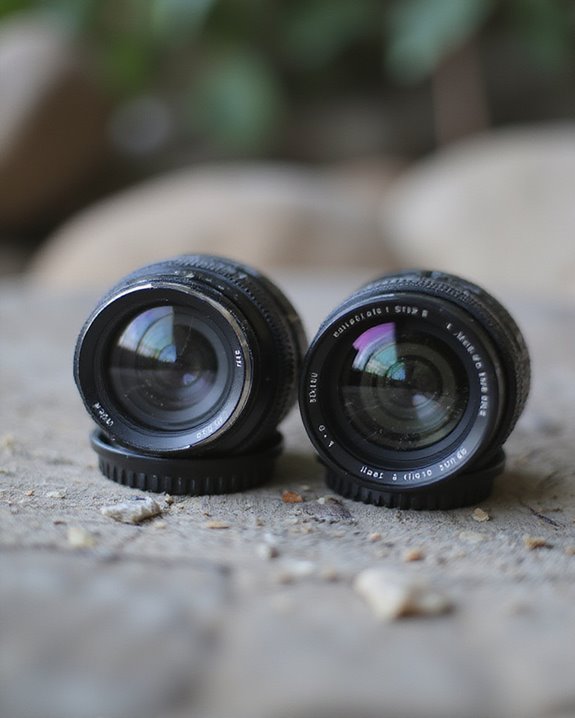
When smartphone owners wonder about the value of camera lens protectors, real-world durability tests offer compelling evidence comparing protected versus unprotected lenses under actual usage conditions. Environmental Testing reveals that lenses equipped with glass or plastic protectors consistently withstand drops, impacts, and daily wear that typically damage unprotected components. In standardized fall tests, protected iPhone 15 Pro lenses maintain functionality even after significant impacts, while unprotected counterparts often suffer permanent damage.
User Comparisons indicate mixed experiences, with satisfaction generally correlating to protector quality and material composition. High-quality protectors provide measurable benefits in rough handling scenarios without compromising camera functionality or case compatibility. The durability advantage becomes particularly evident in extended use, where protected lenses maintain optical clarity and structural integrity compared to their unprotected counterparts, which accumulate micro-scratches and potential fractures over time.
How Lens Protectors Impact Image Quality
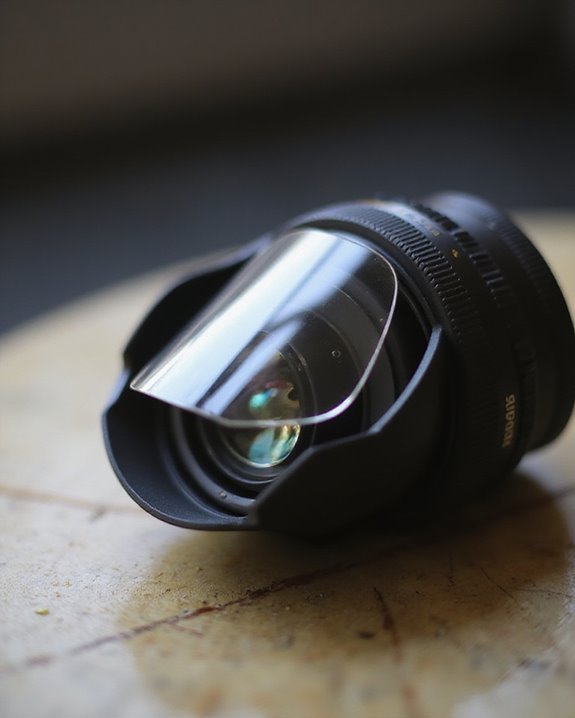
Beyond physical protection, smartphone owners must consider how camera lens protectors influence the actual photographs and videos they capture. The quality spectrum varies dramatically, with premium protectors maintaining over 95% light transmission while budget alternatives introduce noticeable Sharpness Degradation. Lower-tier products often compromise Color Fidelity through imperfect transparency and material inconsistencies, particularly evident in high-contrast scenes. Nano-electrostatic adhesion technology ensures bubble-free installation, but improper application can still lead to optical distortions. Autofocus performance suffers when protectors interfere with phase-detection systems, as thickness variations alter focal length calculations and reduce light input to sensors. Visual artifacts become apparent in challenging lighting conditions, where flare, ghosting, and chromatic aberration emerge from internal reflections. These issues compound during macro photography, backlit situations, or when recording stabilized video, where even minor optical distortions greatly impact image quality. Multi-coated premium protectors minimize these compromises, providing protection with minimal optical penalty.
Cost-Benefit Analysis: Prevention vs. Repair
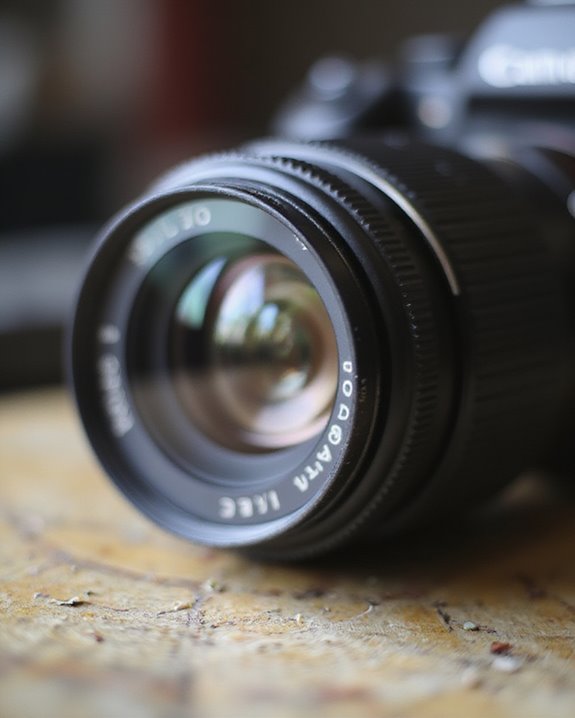
Comparing the costs of prevention against potential repair expenses reveals a compelling economic argument for using camera lens protectors. Prevention Economics demonstrates that investing in budget-friendly protectors, which typically cost a fraction of repair services, serves as cheap insurance against potentially significant expenses. When a lens suffers damage, Repair Alternatives often include costly professional services or complete replacement, frequently exceeding the initial protector investment by tenfold.
Protectors also contribute to higher resale values by maintaining lens condition over time, representing a long-term economic advantage. In high-risk environments, such as outdoor adventures or dusty conditions, the cost-benefit calculation becomes even more favorable, as the likelihood of damage increases substantially. The market’s competitive pricing structure guarantees consumers can select protection levels appropriate to their specific budget constraints and usage patterns.
Who Benefits Most From Camera Lens Protection
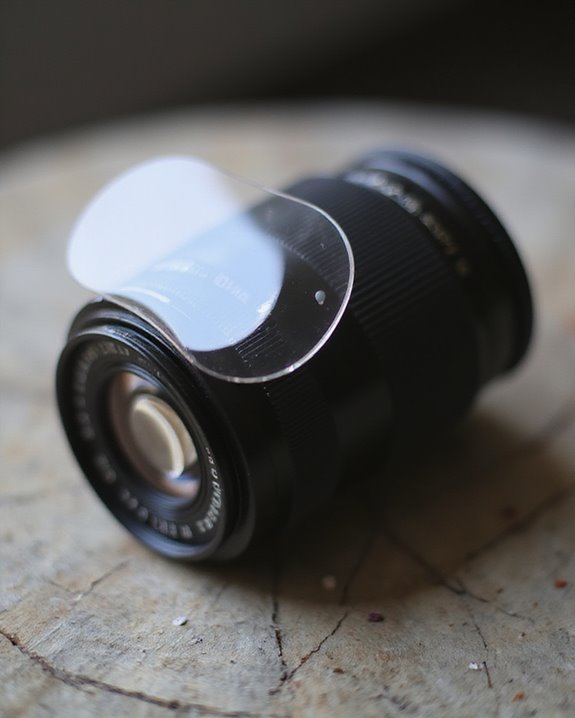
While camera lens protectors offer benefits to all device owners, certain user groups derive substantially greater value from this seemingly modest investment. The primary user categories exhibiting highest Group Benefits include photography enthusiasts, outdoor adventurers, and individuals in physically demanding work environments. Protecting against scratches, impacts, and environmental damage is especially critical where exposure is frequent and unavoidable. Professional photographers and content creators constitute a significant beneficiary group, as their livelihood depends on consistent image quality across varying conditions. Similarly, construction workers, field technicians, and those frequently exposed to environmental hazards—such as dust, moisture, or sand—experience tangible protection advantages. Frequent travelers, particularly journalists documenting events in unpredictable settings, find lens protectors essential for equipment longevity. Finally, rideshare drivers represent an emerging beneficiary category, as their devices face repeated exposure to elements during vehicle entry and exit, potentially compromising lens integrity without adequate protection. Incorporating high-quality lens protectors can greatly extend the lifespan and reliability of camera equipment in these demanding scenarios.
Installation Tips for Maximum Protection
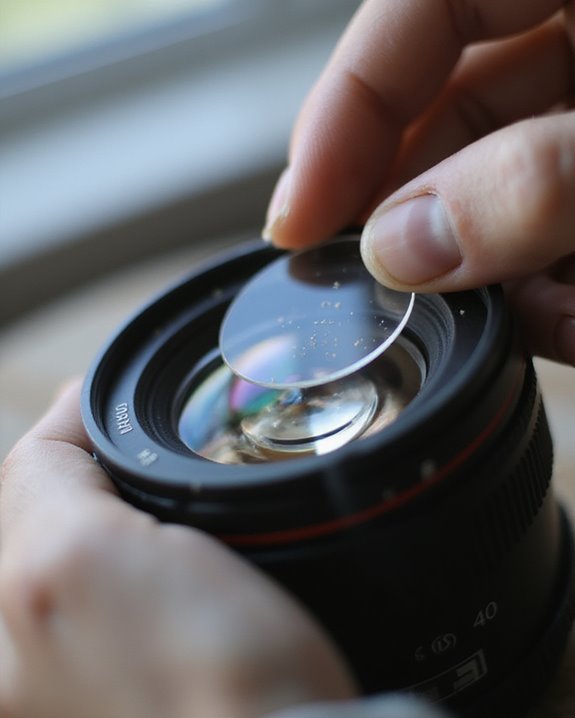
Three critical steps transform a simple lens protector application into an effective defense system for smartphone cameras. Proper surface preparation, using appropriate Cleaning Methods, establishes the foundation for success, requiring both wet wipes to remove debris followed by dry wipes to guarantee the surface is completely moisture-free. Next, precise alignment proves essential, with Alignment Tools designed specifically for different iPhone models facilitating exact positioning of the protector over the camera module.
A high-quality protector also offers impact resistance, which is crucial for safeguarding against accidental bumps and drops. The final step involves applying firm, even pressure across the entire protector surface, eliminating air bubbles that can compromise both protection and image quality. Compatibility with phone cases should be verified before installation, as some thicker protectors may interfere with certain case designs. Regular inspection of the installed protector ensures continued camera performance without optical interference.
Frequently Asked Questions
Can Lens Protectors Cause Overheating in Phone Cameras?
Lens protectors may impede thermal effects by creating insulation around camera lenses. This can potentially restrict heat dissipation, especially when using thicker protectors or combining them with bulky phone cases during intensive camera use.
Do Lens Protectors Work With Underwater Photography Cases?
Lens protectors can work with underwater cases, but proper case integration is essential. Submersion testing is recommended to verify compatibility and guarantee the protector doesn’t compromise seals or affect underwater image quality.
How Often Should Camera Lens Protectors Be Replaced?
Coincidentally, wear patterns dictate replacement timing: plastic protectors need changing every 3-6 months, while tempered glass lasts 6-12 months. Maintenance tips include monthly inspections for heavy users and immediate replacement when scratches, cracks or cloudiness appear.
Are Smartphone Manufacturer Warranties Voided When Using Lens Protectors?
Manufacturer warranty terms typically aren’t voided by camera lens protectors alone. However, exceptions exist when protectors cause damage during installation or removal. Users should check specific manufacturer policies regarding accessory-related void exceptions.
Can Lens Protectors Affect Night Mode or Low-Light Photography Performance?
Lens protectors may indeed impact Night Photography by introducing potential glare or reflections. Low Light Effects can be exacerbated if protectors reduce light transmission or interfere with auto-focus capabilities in challenging shooting conditions.

